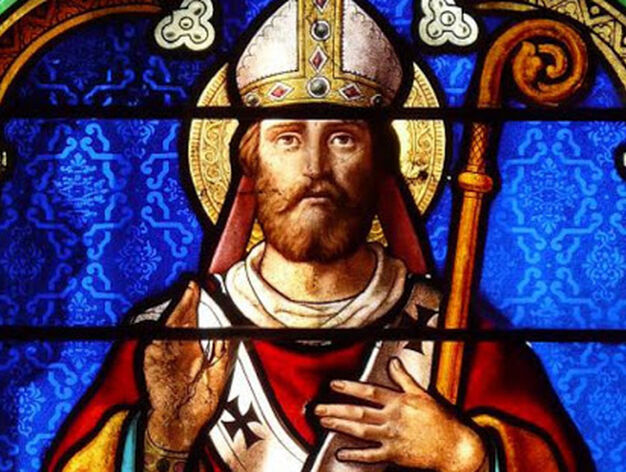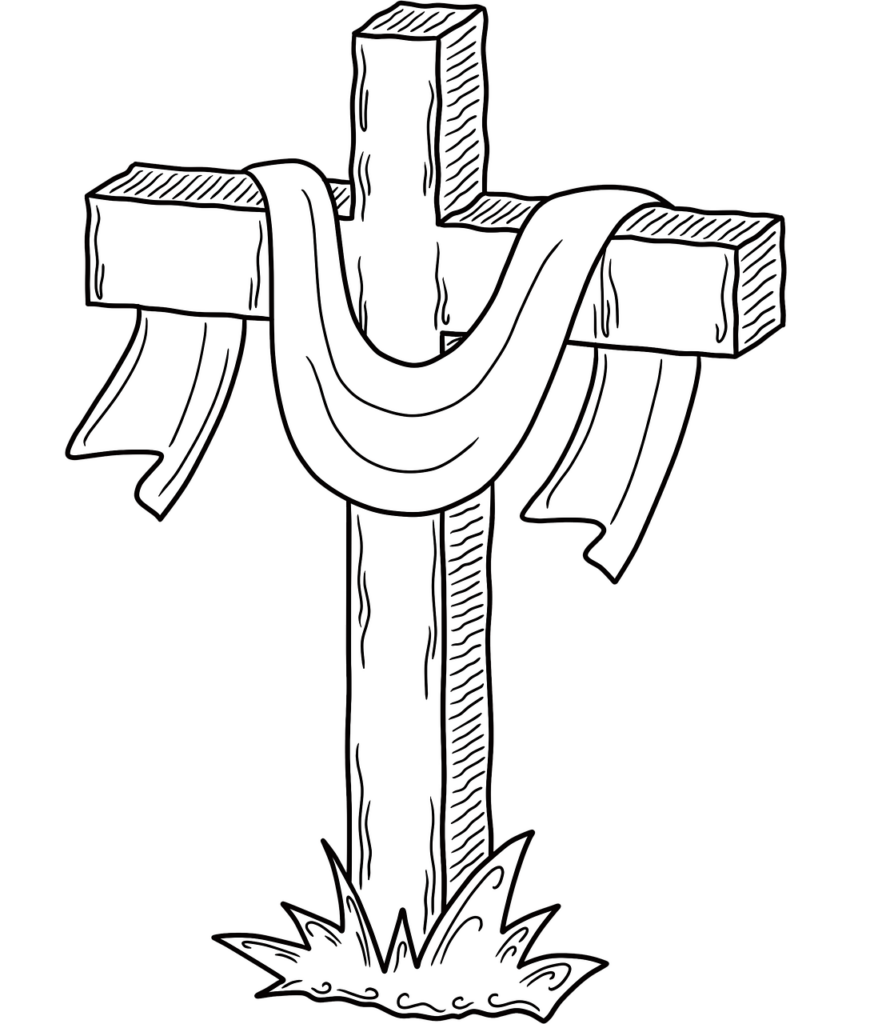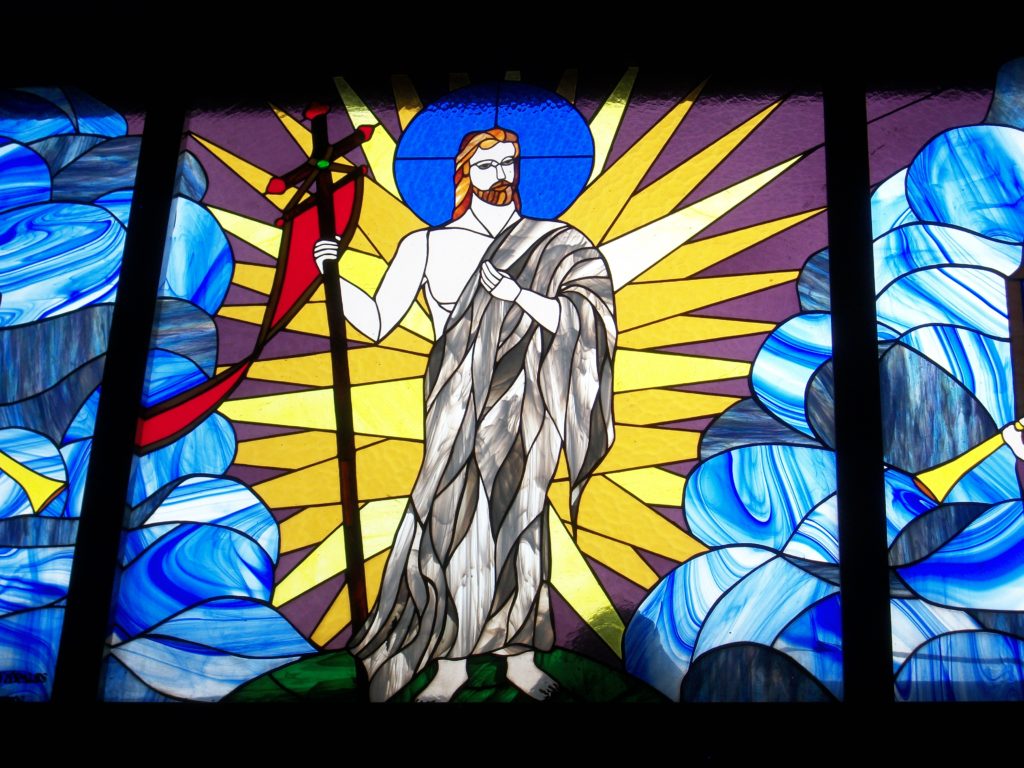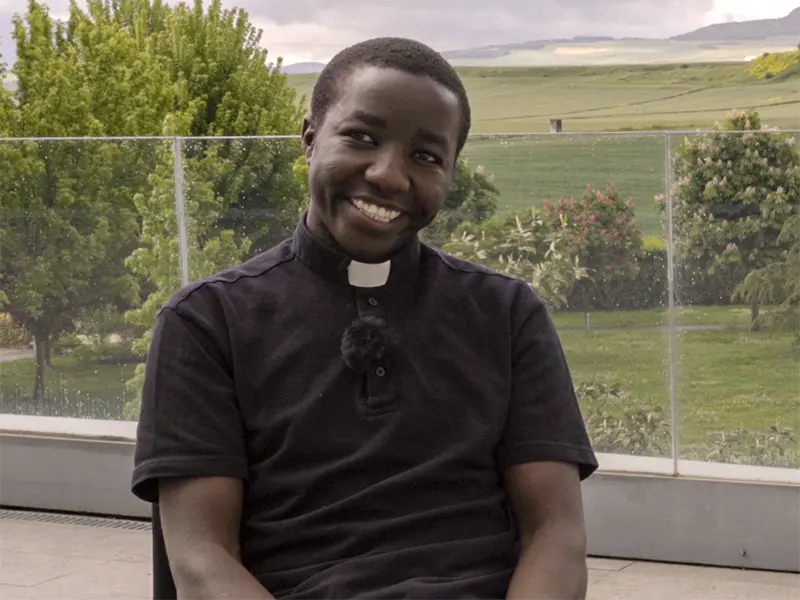Saint German, May 28
Bishop

Born in Atún at the end of the 5th century, Germán took his vows and was entrusted with the monastery of San Sifroniano, which he recovered from decay. Counselor to the king in Paris, he became bishop of the city: his monastery was noted as a model throughout France and was dedicated to him on his death.
He studied in Avalon and also in Luzy guided by his cousin Scapilion, who was a priest. At the age of 34 he was ordained a priest by Saint Agrippinus of Autun, and was appointed abbot of Saint-Symphorien, near that same town. His characteristic virtue was his love for the poor, and his devotion to others was so strongly manifested that his monks rebelled, fearing that he would give away everything they had. Because he was in Paris in the year 555, when Bishop Eusebius died, Childebert I retained him and, with the unanimous consent of the clergy and people, he was consecrated to the vacant see.
Under his influence, the king, who had given himself over to worldly life, is said to have converted and since then led a life in accordance with Christian values. In his new position, the bishop continued the practice of the virtues and austerities of his monastic life, and worked to diminish the evils caused by the incessant wars and licentious living of the nobles. He attended the third and fourth Councils of Paris in 557 and 573, respectively, and also the second Council of Tours in 566. He convinced the king to eradicate the pagan practices that still existed in the Frankish country, and also to prohibit the excesses that were carried out in most Christian celebrations.
Much of our information about Germanus of Paris comes from Gregory of Tours, the poems of Venantius Fortunatus, and the Vita Germam, which was composed by Fortunatus himself.
Shortly after the year 540, Childebert laid siege to Zaragoza while at war with the Visigothic Kingdom in Spain. The inhabitants of the place had placed themselves under the protection of Saint Vincent the Martyr. When Childebert learned of this, he forgave the city, and as a token of gratitude, the bishop of Zaragoza gave him the saint’s stole. When he returned to Paris, the king ordered to build a temple in the suburbs in honor of the martyr, to keep the relic there. The temple was completed in the year 558, and was consecrated to Saint Vincent by Bishop Germán on December 23 of the same year. That same day, Childeberto died.
Childebert I was succeeded to the throne by Clotaire I, who had a short reign. After his death, which occurred in the year 561, the monarchy was divided among his four sons, with Caribert named king of Paris. Caribert was a vicious and ruthless person and Bishop Germanus was forced to excommunicate him in 568 for his immorality. Cariberto died in the year 570. Bishop Germán encountered great difficulties because at that time Cariberto’s brothers were disputing his properties. He worked to establish peace, but with little success. Sigebert and Chilperic, instigated by their respective wives, Brunegilda and Fredegond, engaged in an internal war, and when Chilperic was defeated, Paris fell into the hands of Sigebert. Germán then wrote a letter to Brunegilda (a letter that survives to this day) asking her to use his influence to prevent more wars. However, Sigebert was obstinate and, despite the bishop’s warning, he prepared to attack Chilperic at Tournai, where he had hidden, but Fredegunda had him assassinated on the road to Vitry in 575.
Bishop Germán died the following year, before peace was restored. His remains were buried in the chapel of Saint Symphorien in the temple of Saint Vincent, but in 754 his relics were relocated to the main building of the temple, in the presence of Pepin the Short and his son Charlemagne, who was then a child of seven years. From that moment on, the temple became the Abbey of Saint-Germain-des-Prés, since a monastery was built near this temple.
Its abbots had spiritual and temporal jurisdiction in the Saint-Germain area until about 1670. The temple was frequently looted and burned by the Normans in the 9th century. It was rebuilt in 1014 and consecrated by Pope Alexander III in 1163.
In addition to the letter mentioned above, a treatise on the ancient Gallic liturgy, attributed to Saint Germanus, is also preserved. His holiday is celebrated on May 28.
Related

Reflection by Bishop Enrique Díaz: Alleluia, alleluia
Enrique Díaz
20 April, 2025
5 min

Christ is Risen! Alleluia! Commentary by Fr. Jorge Miró
Jorge Miró
20 April, 2025
3 min

Easter: Mystery of Freedom
Carlos J. Gallardo
20 April, 2025
5 min

“Being Catholic in Tanzania is a source of pride”
Fundación CARF
16 April, 2025
6 min
 (EN)
(EN)
 (ES)
(ES)
 (IT)
(IT)

